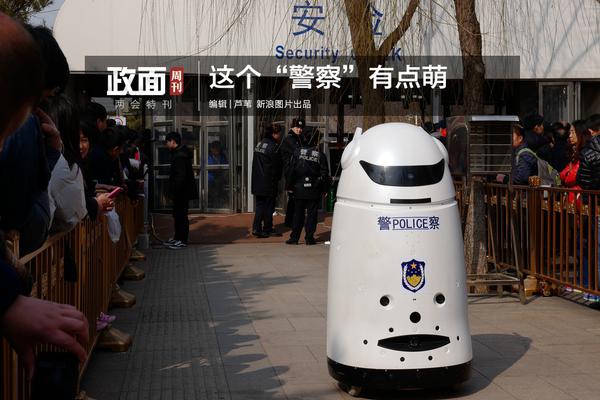
MVC framework, this framework is based on the Model-View-Controller architecture, which separates various functional modules such as business logic, user interface, user input processing, database operation, etc., and clarifies the dependencies between them.
Three levels of e-commerce framework: network infrastructure, information release and transmission technical facilities, and general business services. Two pillars: national public policy, technical standards and network protocols.
Above the three levels are various specific e-commerce applications. It can be seen that the three basic levels and two pillars are the conditions for e-commerce applications. In order not to lose generality, only the basic structure of e-commerce is summarized here.
The basic framework structure of e-commerce refers to the complete operational foundation that e-commerce should have from technology to the general service layer, which has changed the basic structure of the market to a certain extent.The traditional market transaction chain is formed in the process of commodity, service and currency exchange.
The basic framework of e-commerce is mainly expressed as 3F+2S+P. 3F is Information Flow, Capital Flow and Goods Flow. 2S represents the construction of Security and Standardization respectively. P represents policies and regulations.
1. E-commerce Four main components: (1). The trading platform is to automate the management of "supply chain" and "distributor" between the whole enterprise. Through the Internet, it not only saves costs and increases efficiency, but also has the opportunity to develop new markets. The exchange of commercial transaction information between enterprises, such as purchase orders, commercial invoices and Confirmation notice.
2. [Answer]: B, C, D, E The test points of this question are the general framework of e-commerce. Among them, the four pillars include public policy, technical standards, network security and legal norms, so B, C, D and E are correct.
3. E-commerce architecture can be divided into four levels: network basic platform, security structure, payment system and business system. Network basic platform Network basic platform of e-commerce E-commerce takes the Internet as the main carrier. Network bandwidth, network reliability and stability have become important factors affecting the overall performance of the e-commerce system.
4. The e-commerce system framework structure is a structural model with strong extensibility in the e-commerce system. It consists of three levels and four pillars. Among them, the four pillars include public policy, technical standards, network security and legal norms. Option B Electronic payment belongs to the content of the general business service layer in three levels.
The e-commerce architecture can be divided into four levels: network basic platform, security structure, payment system and business system. Network basic platform Network basic platform of e-commerce E-commerce takes the Internet as the main carrier. Network bandwidth, network reliability and stability have become important factors affecting the overall performance of the e-commerce system.
This question examines: the general framework of e-commerce - four pillars.
The fourth pillar, the practical application layer of e-commerce. The specific application scope of e-commerce is relatively wide, including supply chain management, e-market and electronic advertising, online shopping, online entertainment, paid information services and online banking.The two support points of e-commerce are the basis for the existence and application of the framework structure.
E-commerce includes electronic currency exchange, supply chain management, electronic trading market, online marketing, online transaction processing, electronic data exchange (EDI), inventory management and automatic data collection system. In the process, the information technology used includes: the Internet, the Internet, the Internet, the email, the database, the electronic directory and the mobile phone.
E-commerce suite is a management software based on the idea of ERPII in the era of e-commerce. It mainly emphasizes the collaborative business ability of enterprises in the entire industrial chain. Based on logistics,Flow, information flow, capital flow and business flow are integrated, and various parts of ERP, SCM, CRM, DRP and other enterprise information applications are the prominent features of the e-commerce suite.
The basic framework of e-commerce is mainly expressed as 3F+2S+P. 3F is Information Flow, Capital Flow and Goods Flow. 2S represents the construction of Security and Standardization respectively. P represents policies and regulations.
E-commerce system framework structure is a structural model with strong expandability in the e-commerce system, consisting of three levels.The three levels include: 1 network layer; 2 information release (transmission) layer; 3 general business service layer.
This question examines the general framework of e-commerce in Chapter 9 Section II. The general framework of e-commerce includes three levels and four pillars. The three levels include: network layer, information release (transmission) layer, and general business service layer.
This question examines: the general framework of e-commerce - four pillars.
E-commerce architecture can be divided into four levels: network basic platform, security structure, payment system and business system. Network basic platform Network basic platform of e-commerce E-commerce takes the Internet as the main carrier. Network bandwidth, network reliability and stability have become important factors affecting the overall performance of the e-commerce system.
The e-commerce framework structure includes network infrastructure, information release layer and transmission, e-commerce service layer, and e-commerce application layer, among which electronic payment belongs to the e-commerce application layer. Network layer Network layer refers to the network infrastructure, which is the lowest infrastructure to realize e-commerce.
The e-commerce framework structure includes network infrastructure layer, information release layer and transmission layer, e-commerce service layer, and e-commerce application layer.
Hearthstone arena deck Builder-APP, download it now, new users will receive a novice gift pack.
MVC framework, this framework is based on the Model-View-Controller architecture, which separates various functional modules such as business logic, user interface, user input processing, database operation, etc., and clarifies the dependencies between them.
Three levels of e-commerce framework: network infrastructure, information release and transmission technical facilities, and general business services. Two pillars: national public policy, technical standards and network protocols.
Above the three levels are various specific e-commerce applications. It can be seen that the three basic levels and two pillars are the conditions for e-commerce applications. In order not to lose generality, only the basic structure of e-commerce is summarized here.
The basic framework structure of e-commerce refers to the complete operational foundation that e-commerce should have from technology to the general service layer, which has changed the basic structure of the market to a certain extent.The traditional market transaction chain is formed in the process of commodity, service and currency exchange.
The basic framework of e-commerce is mainly expressed as 3F+2S+P. 3F is Information Flow, Capital Flow and Goods Flow. 2S represents the construction of Security and Standardization respectively. P represents policies and regulations.
1. E-commerce Four main components: (1). The trading platform is to automate the management of "supply chain" and "distributor" between the whole enterprise. Through the Internet, it not only saves costs and increases efficiency, but also has the opportunity to develop new markets. The exchange of commercial transaction information between enterprises, such as purchase orders, commercial invoices and Confirmation notice.
2. [Answer]: B, C, D, E The test points of this question are the general framework of e-commerce. Among them, the four pillars include public policy, technical standards, network security and legal norms, so B, C, D and E are correct.
3. E-commerce architecture can be divided into four levels: network basic platform, security structure, payment system and business system. Network basic platform Network basic platform of e-commerce E-commerce takes the Internet as the main carrier. Network bandwidth, network reliability and stability have become important factors affecting the overall performance of the e-commerce system.
4. The e-commerce system framework structure is a structural model with strong extensibility in the e-commerce system. It consists of three levels and four pillars. Among them, the four pillars include public policy, technical standards, network security and legal norms. Option B Electronic payment belongs to the content of the general business service layer in three levels.
The e-commerce architecture can be divided into four levels: network basic platform, security structure, payment system and business system. Network basic platform Network basic platform of e-commerce E-commerce takes the Internet as the main carrier. Network bandwidth, network reliability and stability have become important factors affecting the overall performance of the e-commerce system.
This question examines: the general framework of e-commerce - four pillars.
The fourth pillar, the practical application layer of e-commerce. The specific application scope of e-commerce is relatively wide, including supply chain management, e-market and electronic advertising, online shopping, online entertainment, paid information services and online banking.The two support points of e-commerce are the basis for the existence and application of the framework structure.
E-commerce includes electronic currency exchange, supply chain management, electronic trading market, online marketing, online transaction processing, electronic data exchange (EDI), inventory management and automatic data collection system. In the process, the information technology used includes: the Internet, the Internet, the Internet, the email, the database, the electronic directory and the mobile phone.
E-commerce suite is a management software based on the idea of ERPII in the era of e-commerce. It mainly emphasizes the collaborative business ability of enterprises in the entire industrial chain. Based on logistics,Flow, information flow, capital flow and business flow are integrated, and various parts of ERP, SCM, CRM, DRP and other enterprise information applications are the prominent features of the e-commerce suite.
The basic framework of e-commerce is mainly expressed as 3F+2S+P. 3F is Information Flow, Capital Flow and Goods Flow. 2S represents the construction of Security and Standardization respectively. P represents policies and regulations.
E-commerce system framework structure is a structural model with strong expandability in the e-commerce system, consisting of three levels.The three levels include: 1 network layer; 2 information release (transmission) layer; 3 general business service layer.
This question examines the general framework of e-commerce in Chapter 9 Section II. The general framework of e-commerce includes three levels and four pillars. The three levels include: network layer, information release (transmission) layer, and general business service layer.
This question examines: the general framework of e-commerce - four pillars.
E-commerce architecture can be divided into four levels: network basic platform, security structure, payment system and business system. Network basic platform Network basic platform of e-commerce E-commerce takes the Internet as the main carrier. Network bandwidth, network reliability and stability have become important factors affecting the overall performance of the e-commerce system.
The e-commerce framework structure includes network infrastructure, information release layer and transmission, e-commerce service layer, and e-commerce application layer, among which electronic payment belongs to the e-commerce application layer. Network layer Network layer refers to the network infrastructure, which is the lowest infrastructure to realize e-commerce.
The e-commerce framework structure includes network infrastructure layer, information release layer and transmission layer, e-commerce service layer, and e-commerce application layer.
UEFA Champions League live streaming free
author: 2025-01-08 11:21bingo plus update today Philippines
author: 2025-01-08 10:44 UEFA Champions League live
UEFA Champions League live
398.64MB
Check casino plus free 100
casino plus free 100
225.64MB
Check Hearthstone Wild Decks
Hearthstone Wild Decks
958.26MB
Check UEFA European championship
UEFA European championship
664.23MB
Check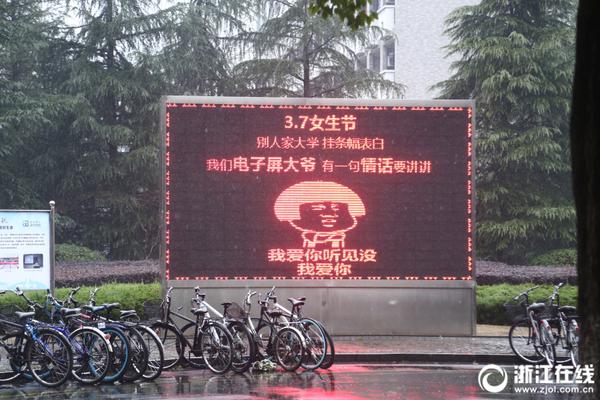 UEFA live free
UEFA live free
149.93MB
Check Hearthstone arena class win rates reddit
Hearthstone arena class win rates reddit
115.23MB
Check Casino Plus free 100
Casino Plus free 100
213.39MB
Check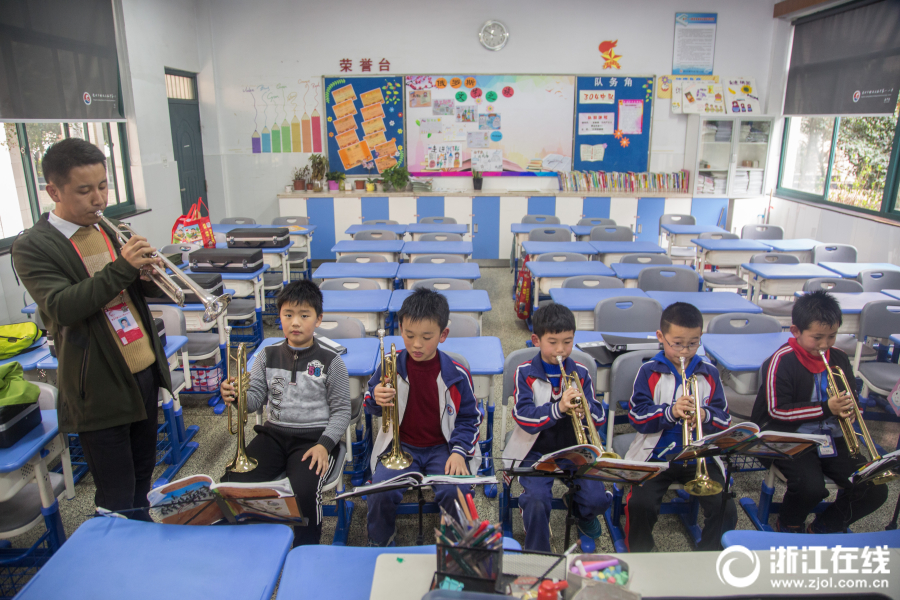 Bingo Plus
Bingo Plus
363.54MB
Check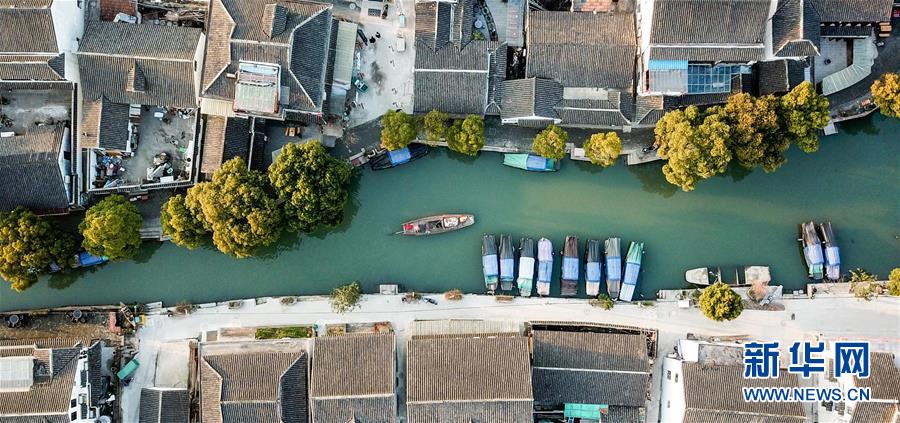 App to watch Champions League live free
App to watch Champions League live free
316.88MB
Check Hearthstone Arena Tier List
Hearthstone Arena Tier List
712.69MB
Check TNT Sports
TNT Sports
757.96MB
Check DigiPlus Philippine
DigiPlus Philippine
353.73MB
Check Arena plus APK
Arena plus APK
911.22MB
Check casino plus free 100
casino plus free 100
955.66MB
Check European Cup live
European Cup live
371.77MB
Check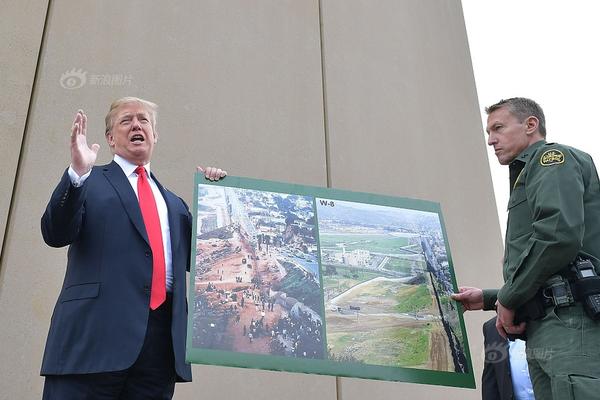 UEFA Champions League
UEFA Champions League
646.73MB
Check Casino Plus app
Casino Plus app
215.79MB
Check casino plus free 100
casino plus free 100
851.88MB
Check UEFA Champions League
UEFA Champions League
262.27MB
Check App to watch Champions League live free
App to watch Champions League live free
281.49MB
Check Hearthstone arena class win rates reddit
Hearthstone arena class win rates reddit
979.96MB
Check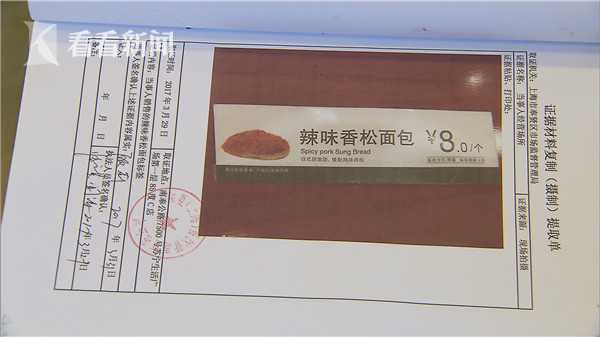 Casino redeem
Casino redeem
963.82MB
Check bingo plus update today
bingo plus update today
143.23MB
Check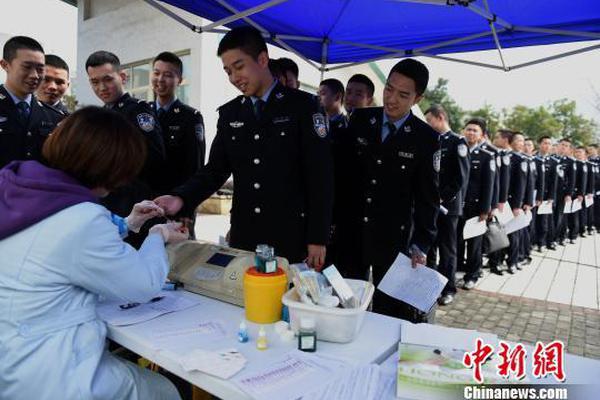 Free sports events uefa champions league app android
Free sports events uefa champions league app android
688.72MB
Check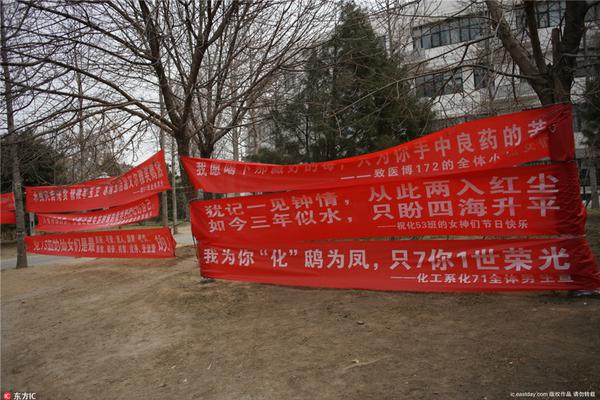 Bingo Plus
Bingo Plus
677.61MB
Check DigiPlus Philippine
DigiPlus Philippine
615.47MB
Check Hearthstone Arena Tier List
Hearthstone Arena Tier List
647.61MB
Check Casino Plus app
Casino Plus app
713.38MB
Check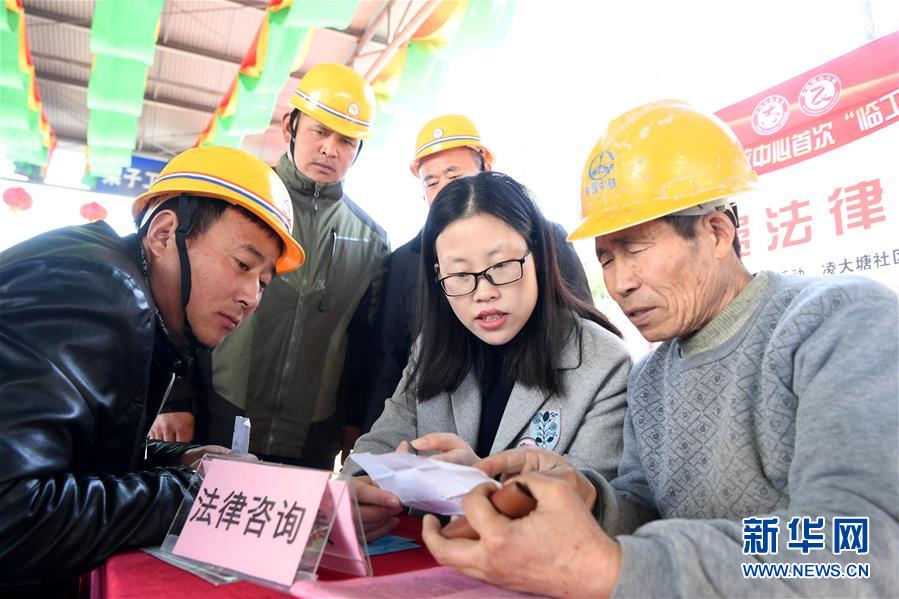 Bingo Plus
Bingo Plus
466.83MB
Check DigiPlus stock
DigiPlus stock
556.14MB
Check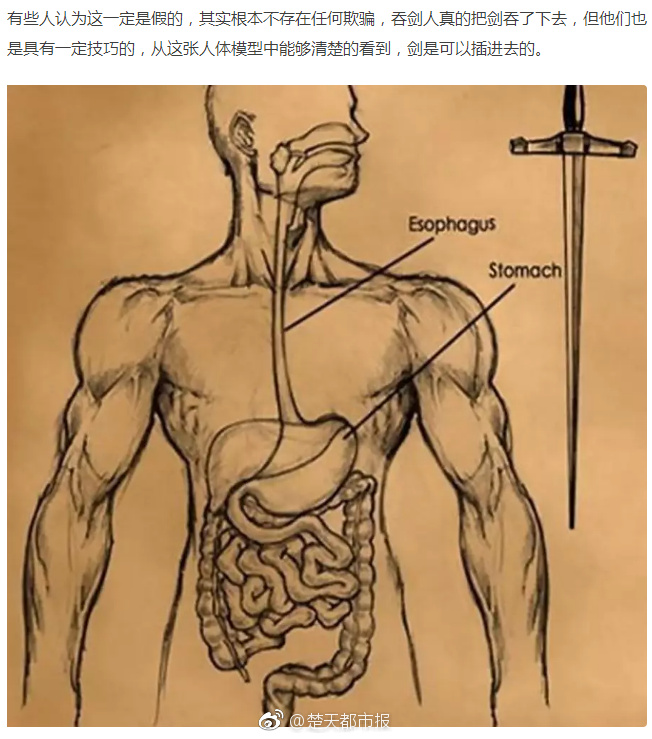 UEFA European championship
UEFA European championship
848.35MB
Check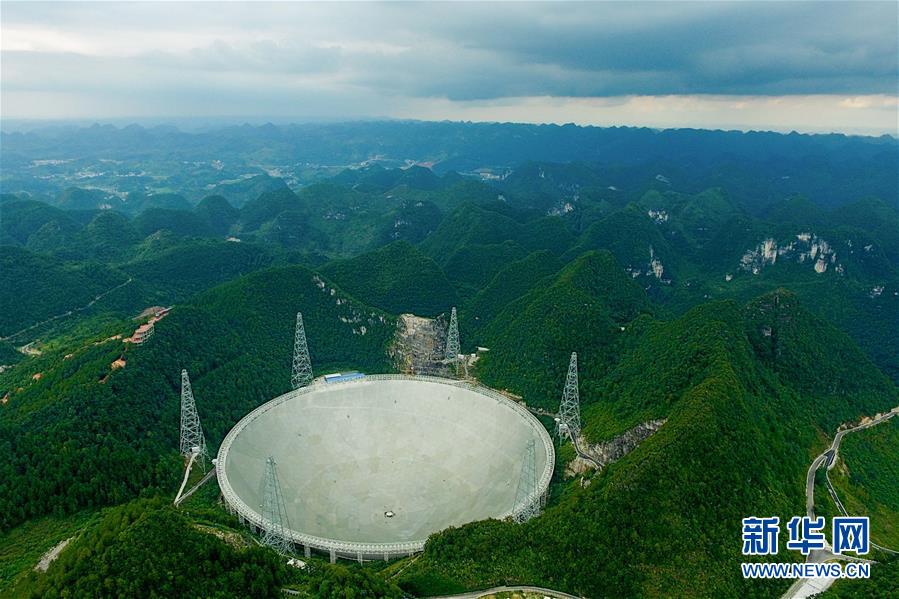 UEFA European championship
UEFA European championship
471.22MB
Check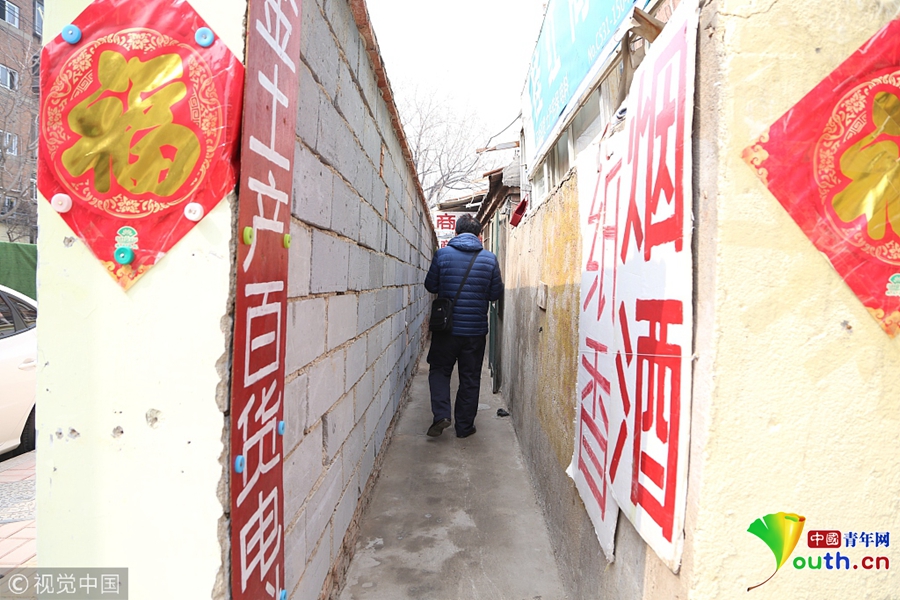 Casino Plus app
Casino Plus app
831.69MB
Check Hearthstone Arena class tier list 2024
Hearthstone Arena class tier list 2024
572.28MB
Check UEFA live free
UEFA live free
811.45MB
Check Casino Plus app
Casino Plus app
238.41MB
Check
Scan to install
Hearthstone arena deck Builder to discover more
Netizen comments More
1003 DigiPlus stock
2025-01-08 11:48 recommend
2805 UEFA Champions League live streaming app
2025-01-08 11:34 recommend
2554 Free sports events uefa champions league app android
2025-01-08 09:29 recommend
614 UEFA Champions League live
2025-01-08 09:12 recommend
2355 Casino Plus GCash login
2025-01-08 09:12 recommend